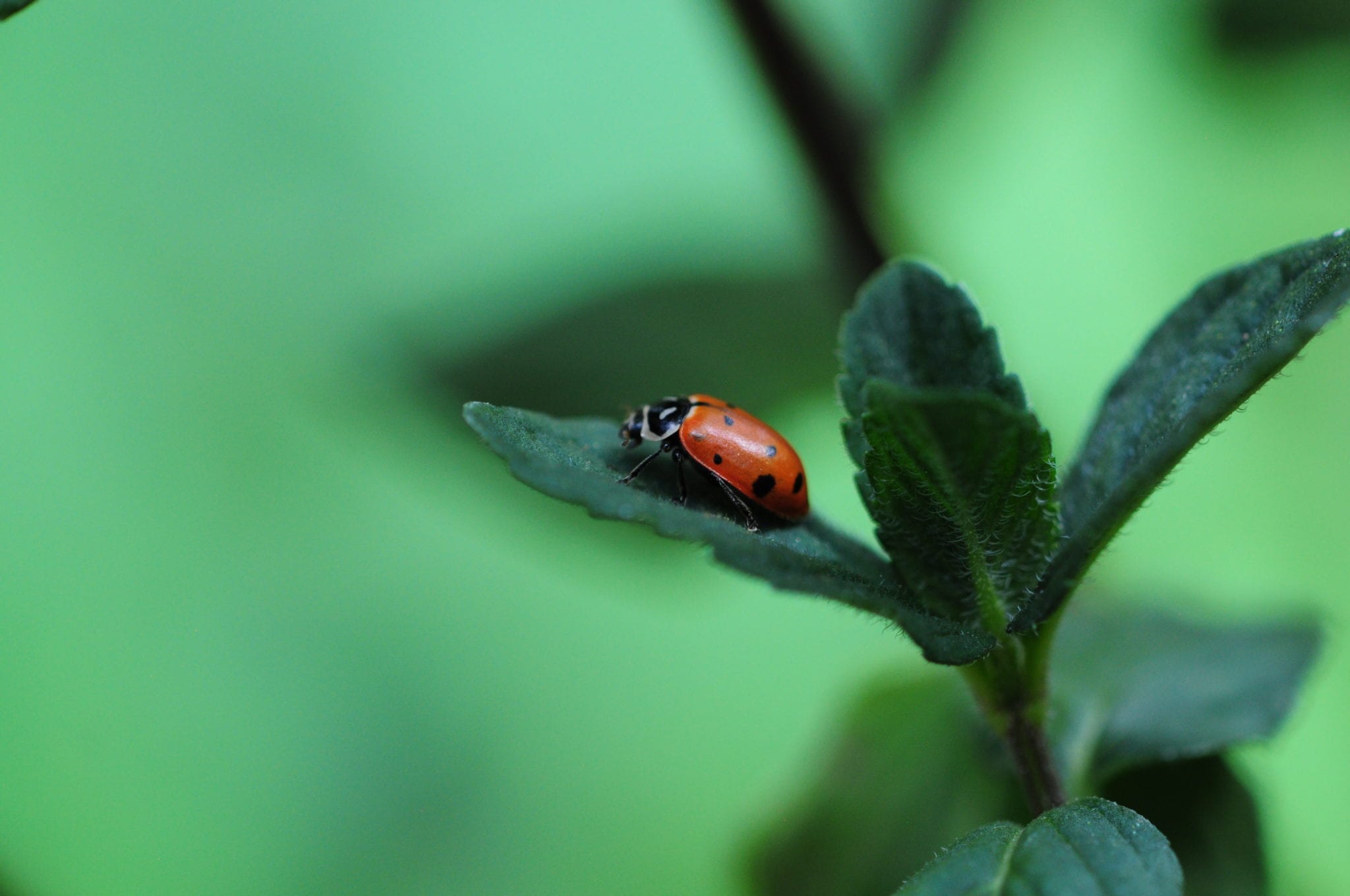
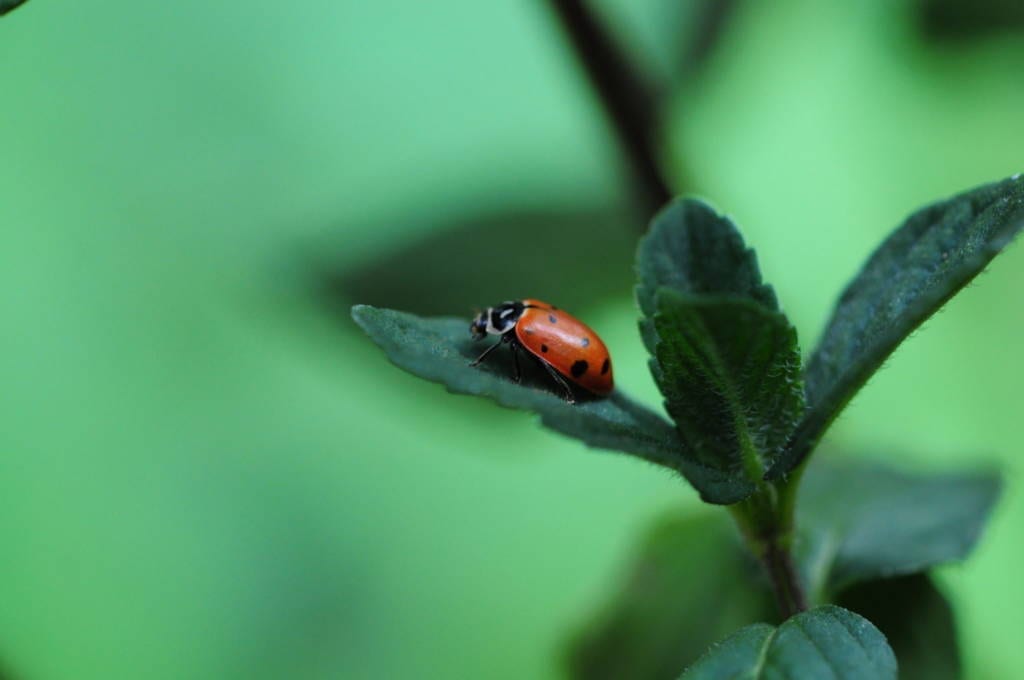
Tips for incorporating organic pest management into your Growing Dome Greenhouse routine.
When the summer sun provides a daily flush of fresh produce, it’s easy to be lulled into the bliss of your garden oasis. The tomatoes are prolific on the vine and the broccoli, eggplant, and peppers are vibrantly growing. And yet, before you know it you may be asking yourself, “Why are the spider mites, aphids, and white flies having a heyday all over my plants?” It is easy to become complacent surrounded by all that bounty, and then come those vicious little beasts, devouring everything in their path. Needless to say, pest management is essential to the health of your Growing Dome Greenhouse.
Some questions to consider throughout the growing season include:
- Have I been diligent about checking the soil moisture before watering?
- Have I removed dead plants and managed overcrowding?
- Am I feeding, turning, and monitoring my soil composition?
- Am I keeping a keen eye out for potential threats?
Important Times For Pest Management in a Growing Dome
Although these questions should be asked every time you step into your Growing Dome, pest management is most crucial at three times in a plants life cycle. Seeding, fruiting, and plant death are the times in which a plant is the most vulnerable to attack.
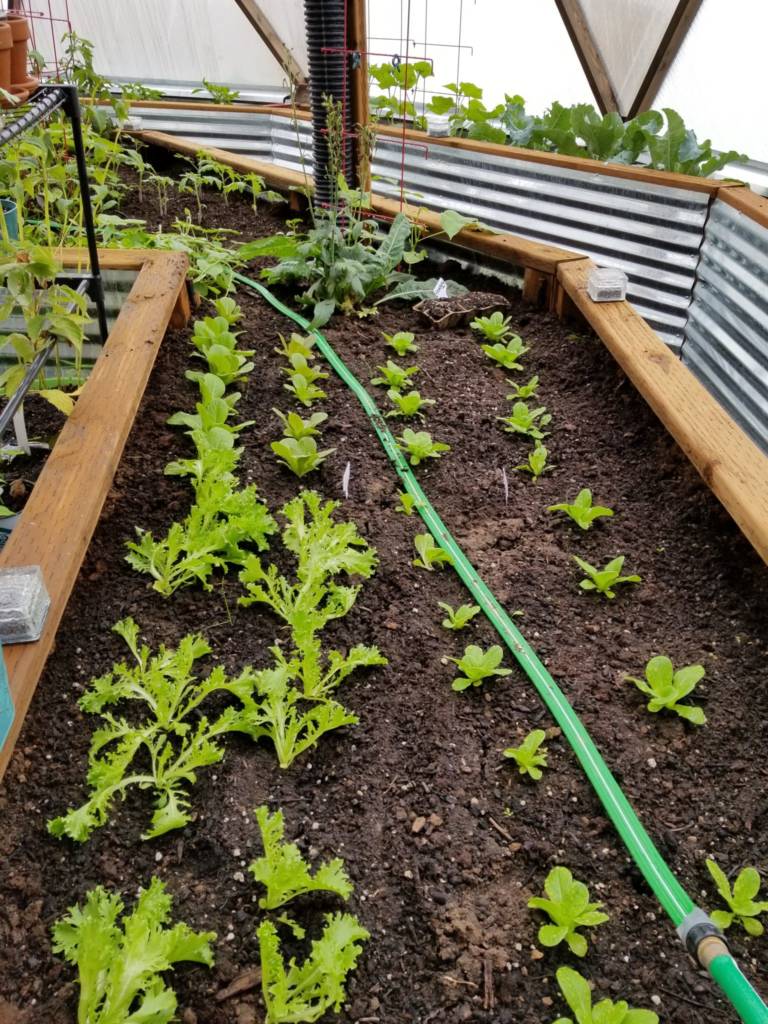
1. Once seedlings have sprouted from the ground:
At the beginning stages of a plant’s life, the ratio of soil to plant foliage is imbalanced. Having exposed soil means that your Growing Dome beds will likely retain more moisture. Unfortunately, high soil moisture is the perfect environment for pests, specifically the Roly Poly aka Pill Bug. The best way to prevent a Pill Bug infestation is to strictly monitor soil moisture. For more detailed information on managing the Roly Poly, click here.
2. During initial flowering & fruiting:
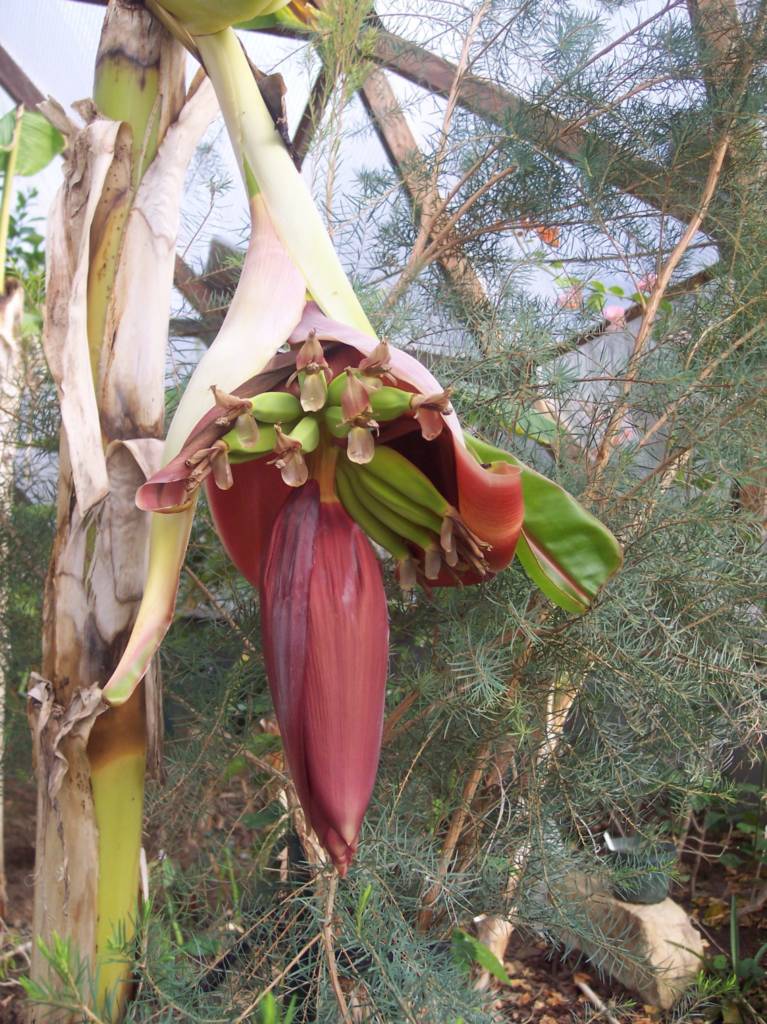
The process of fruiting draws sugar and water to the buds of your plants. This high concentration of sugar is the perfect habitat for pests to leach off the bioavailable nutrients. You may notice higher numbers of Mealybug during flowering and Thrips during fruiting. You can find a detailed article about Thrips management here.
Fruiting & The Mealybug:
As far as Mealybug is concerned, the most immediate and effective way to manage this pest is to take a Q-tip or cotton ball, or use a spray bottle, soak it in a solution of Dr. Bronner’s, and wipe the area clean. If you’re experiencing Mealybug on non-fruiting plants, it is safe to use a Neem Oil solution. However, using Neem Oil on fruiting plants can stunt their growth.
3. After fruiting is complete:
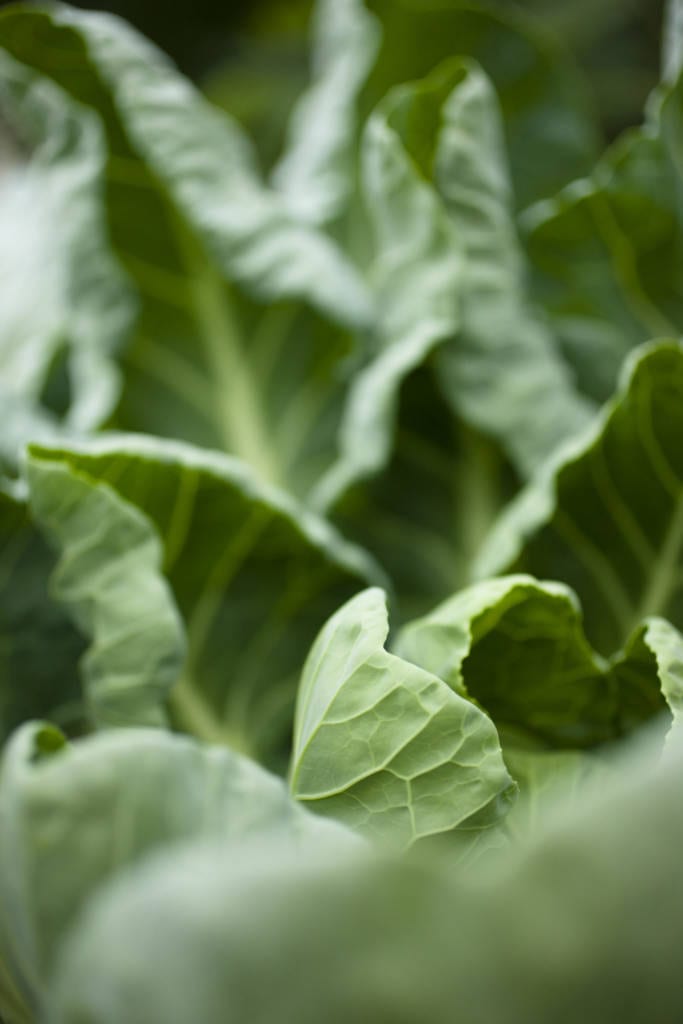
The final time to pay attention to pest management is immediately after your plants have stopped producing. Once a plant stops producing, the remaining energy of the plant is returned to the soil. As a result, the immune system of these plants are compromised, which means you’re likely to find pests at this time.
Decomposition & Aphids:
Another way to guarantee proper pest mitigation in your Growing Dome is to care for the health of your soil. There is a strong correlation between soil health and plant immunity. If your plants have a weak immune system you may notice pests such as Scale begin to attack the stems and undersides of leaves. Understanding soil composition as well as knowing how to amend your soil are quite honestly the best Scale management tools available. However, if you’re still seeing large outbreaks of Scale on your plants, the best way to manage this is to take a cotton swab and wipe the Scale off with hydrogen peroxide. Furthermore, too much Nitrogen or too little Magnesium and Phosphorus in the soil are believed to contribute to whitefly infestations.
Homemade & Organic Pest Management Solutions
There is no need to take drastic measures such as replacing all of your garden soil or freezing out your Growing Dome to manage pests in your garden. These methods aren’t wholly effective because no greenhouse can be a completely closed and/or sterile system. Apart from the above mentioned instructions for controlling mealybug, aphids, scale, whitefly, and thrips, here are a few more homemade pest control recipes for general use:
- Pyola is a plant extract oil that controls the egg stages of pests in dormant season and scaly insects. It also works on live insects such as aphids and whiteflies. The active ingredient is Canola Oil and Pyrethrins. The important thing about it is that it does not persist for long periods in the environment and does not contain Piperonyl butoxide.
- Diatomaceous Earth is fantastic for crawling insects such as sow bugs, millipedes, slugs, beetles and ants. Similarly to Pyola, Diatomaceous Earth will destroy beneficial insects. Therefore, it is best to use it before introducing beneficials to your garden. Check the plastic liners in your garden beds to see if this is where the bugs are coming from and if need be place the dust behind these.
- Kelp & Soap Spray is great for aphid control. Mix 2-3 tablespoons kelp/seaweed extract (available at your local garden store) with 2-3 tablespoons dish soap (use 7th Generation, Dr. Bronner’s, or other Earth friendly brand to stay organic) in 1 gallon of water. Fill a spray bottle with the mixture and apply every 2-3 days on all parts of the infected plant. The kelp will act as a foliar fertilizer and the soap will kill aphids.
- Chili & Garlic Spray: Mix 2 HOT peppers (substitute 2 teaspoons dried cayenne, if needed) with one bulb of garlic cloves in 2 cups of water. Fill a spray bottle with the mixture and apply every 2-3 days on all parts of the infected plant. To learn more about homemade pest sprays, click here.
- Sticky traps or a yellow plate with olive oil are easy solutions for aphids, whiteflies, fruit flies, and vinegar flies.
- Wormwood, either dried or as an essential oil keeps the whiteflies, fruit flies, vinegar flies, and aphids away.
- Beneficial insects are a very effective way to control pests in a Growing Dome. For example, releasing Nematodes are a great way to control slugs, while releasing ladybugs controls aphids, and they also provide a reason to host a community event in your garden! Check out our in depth article on beneficial insects here.

2 Comments
Hello!
Any suggestions for slugs? I am in southeast Alaska- which is a cool, shady rainforest environment on the ocean. Winter gardening, even in dome, didn’t work here due to lack of sunlight. This spring, the slugs had taken over. I have picked away most of them diligently daily- but now I also have algae issues in tank and ground. If its cloudy for more than 3 days, I get mildew on my plants and it’s a mushroom utopia in there most of the year (if only I knew they were edible!). I’m still getting decent crops- it’s only my second year- but I keep trying to find balance of heat/light/moisture and ventilation….
Laura,
Nematodes are a great natural remedy for slugs. I will be sending you some info to help you with the humidity issue. Too much humidity is definitely a problem, but there are many solutions.